Written by R. Ann Parris on The Prepper Journal.
Editors Note: Another article from R. Ann Parris to The Prepper Journal. As always, if you have information for Preppers that you would like to share then enter into the Prepper Writing Contest with a chance to win one of three Amazon Gift Cards with the top prize being a $300 card to purchase your own prepping supplies!
Curbside pickups can sometimes still benefit well-established, big-spread preppers, but they’re especially big boosts for beginners, people in the ‘burbs, and those still tightly budgeting or branching into new things. This time around, I’m looking at kiddie pools.
They basically fall into two categories: stiff-sided baby pools and several types of soft, flexible pools.
The latter tend to be more fragile and will remain more vulnerable to punctures. Patching kits are handy to have on hand, but save them for packing/camping trips and mattresses, rain gear, and things that cost more than the patching kit does, not a curbside pickup pool.
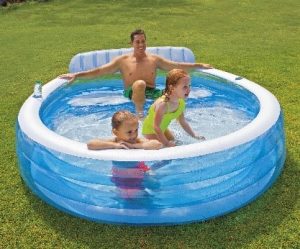
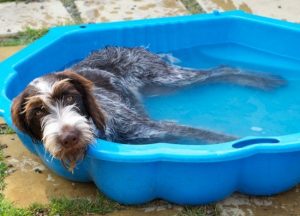
FlexSeal and duct tape aren’t always good enough in a situation when they’ll stay inundated or mobile, but they work well enough for most uses here.
Patching Tip: Car tires to inflatable pools or floaties, if you’ve got something that’s leaking, grab your garden-pest spray bottle of thick-mix dish detergent and water. Blow up the offender and mist it. As it deflates, bubbles will form around the hole(s).
For little or softer stuff like mattresses, you can speed the process up by pressing on it. For tires, we have to just be patient, but it’s a good excuse to sit quietly with a coffee or beer or have a catch.
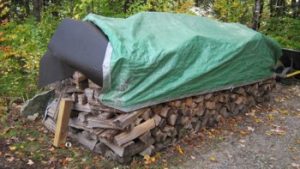
Tarps
Pretty much anything we’d do with a tarp, we can do with a kiddie pool. It’ll lack strength over good tarps and the rivets that make attachments secure and easy, but it can get the job done. Especially when all we’re after is a cover, there’s no reason to buy something else.
They excel as ground covers that don’t have to be as wind and weight resistant as our overhead shelters. With a prop and some weights, they’re also quickie shade for dogs or free-range birds.
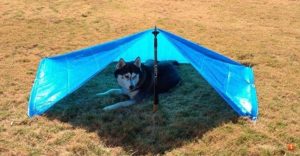
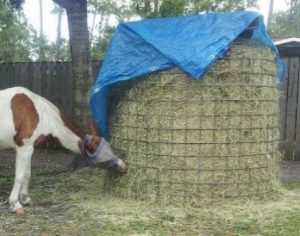
With a rope or some bungees, we can also use them to shelter animal feeding areas and our hay feeders. Some dry ground and reducing rain loss can decrease feed loss – one of the biggest areas of expense and waste in livestock ownership.
In addition to softies for tarps, we can use the stiff plastic pools to decrease feed waste.
DIY builds using buckets and barrels, cattle panels or wire fencing, and tires abound online. Anything that calls for a cut-down IBC tote, used tire, or lumber platform can be replaced with a kiddie pool. We can also cut down a pool, score it to bend, and fix it to a fence or wall to catch dropped hay.
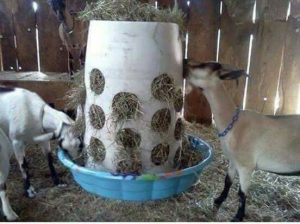
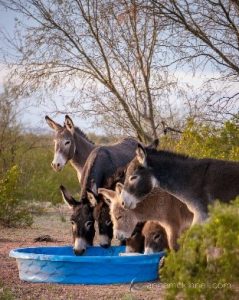
They can also be used with buckets and barrels to create gravity feeders for grain, pellets, and crumble.
Having a lightweight pool serve as our catchment is especially helpful areas that end up badly wet in winter and spring, or if we’re evacuating with livestock. Hay or grain, a no-waste feeder is even more important when our resources are limited.
Being light and low, they’re also applicable as troughs for pretty much any of our livestock if we’re in drought, rotate pasture quickly, or need to evac.
Tarp-alternative pools can also help us with water catchment. Combining catchment, shade and troughs can seriously decrease labor/energy and water draw during those droughts and evacuations.
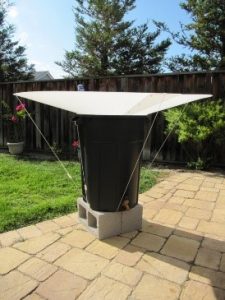
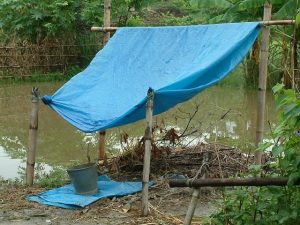
We can direct barrel or bucket overflows into pools we can set up permanently or when needed to increase temp storage. Carting a softie in our bag instead of a standard ground cover, we can easily take advantage of rainfall if we run into trouble.
In areas where a roof isn’t super handy, we can stretch them over frames several different ways and throw a weight or tie an edge down to create a dip and direct flow. The added area greatly increases our catchment of clean or cleaner water versus just a bucket or barrel.
Tarps can also be used for dragging stuff around. I wouldn’t suggest pools as a substitute for rough scrub, branchy, or gravelly areas, but in grassy areas they can be handy for moving autumn leaves and cut grasses.

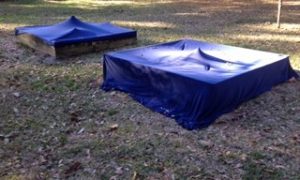
Out in the yard, baby pools can also take the place of tarps in covering our garden beds over the dormant seasons or if we have a heavy rain, wind, or freeze period to contend with, and to cover kill future garden areas or overgrown, weedy beds.
Flexible kiddie pools are also super useful for covering small ponds, hard-formed baby pools, and IBC totes, whether they’re there for entertaining our children, outdoor fish or water plants, or water catchment. They can prevent algae growth, keep birds and dogs our of kid’s cool-off tanks, and prevent blown-in leaves and mowed grasses.
Baby Keepers
Whether we’re talking nearly hairless monkeys or something with fur or feathers, kiddie pools can be super helpful for keeping our babies contained, safe, and clean (okay, cleaner).
The flexible type with a frame can make a decent playpen for mini humans and getting waterfowl some outdoor time.
Some supervision to make sure they don’t gnaw like puppies is required, but the inflatable types are even better for over-sized inchworms. They’re more compact in a bag and vehicle than a fold-up playpen, whether we’re evacuating a wildfire, flood, frigid-winter power outage, or hurricane, heading to grandma’s, camping, or have decided to bug out to the wilds with our midget horde.
They’re not easy to pack and have short sides, but since a lot of hard-plastic pools can be rigged with holes and a rope and are tough enough to drag (especially over snow and lawns), they, too, have some value as a baby pen. (Keep a really good grip on hills … just saying.)
We can drag it out while we garden, harvest an orchard, or complete some outdoor task without worrying about planting our spawn in an ant path, them inching off a blanket, or having wetness soaking up through a blanket and chilling them (which requires washing and-or drying a blanket, too).
*A small baby pool can also do double duty as a washtub for our progeny, their nana dog, and the laundry that naked monkeys and fur babies tend to create.
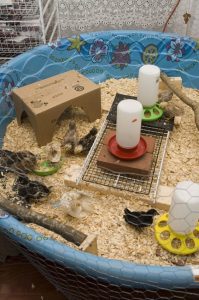
The tougher, smaller pools can be combined with all kinds of salvaged and inexpensive materials to hold all kinds of babies.
With chip/flake litter, straw, newspaper, or blankets we can use them as bird and bunny brooders, contain puppies (for a while), slow down kittens, and keep lambs, piglets or other animals indoors or closer at hand should they need bottle nursing or to escape sudden and severe cold snaps.
The hard pools have uses for our grown-up fur babies, too. They can be used as a SIP doggy “kitty” box when pets are stuck inside or limited to a porch.
*There are some tips for encouraging well-trained Fido’s that we can discuss if it’s a problem for somebody.
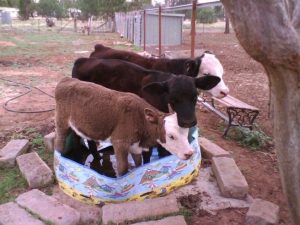
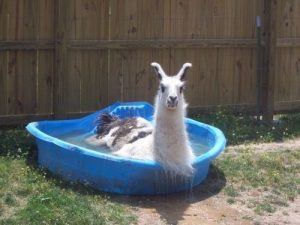
Bird Baths
Baby pools are great for our poultry, although pretty much everything likes a dip on a hot day. They’re not only splash ponds for waterfowl, but also dust baths for chickens, guineas, quail and other birds.
Make sure to include a ramp for young birds and if a surrogate hen might go running in trying to save her goose/duck babies when they do their demented little toddler-stomp charge into the water.
A ramp is a really good idea for any water source, and anytime there are puppies, kittens, or rabbits on the property as well as adult waterfowl and large livestock.
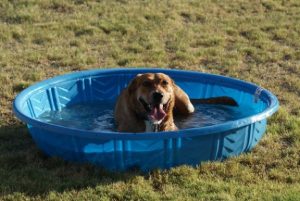
Like pretty much everything else, all kinds of salvage material can be used for those ramps – wire bookshelves, fridge and oven and grill racks, cut-down mattress frame wire, wrapped pieces of decorative scroll from porches…
Holding Water
Baby pools can be excellent for producing duckweed – a pinky-nail sized high-protein aquatic plant that can double its mass in a week, one that can be used for humans, herbivores, or even our omnivore livestock.
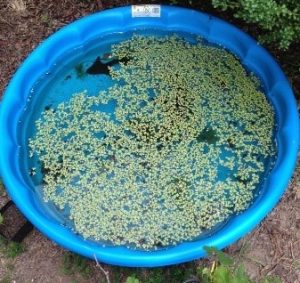

To combat the algae problems common to most water-holding uses of baby pools, dojo loaches, plecos, and albino catfish can be especially helpful. If there are no plants in use, pond snails can work, but snails will decimate garden, aquarium, and pond plants as fast as a plague of locust.
Plecos aren’t as common as goldfish and tilapia in aquaponics setups, but they can be useful adds for pretty much any system and they’re tough, resilient fish whose spiny fins and hard skin surface keeps them safe in a wide variety of circumstances.
I’m not a huge fan of baby pools for aquaponics – I prefer tougher and deeper containers – but some people go for it, even in big, multi-building systems. Others go for tiny bootstrap systems, from simply draping lettuce in Solo cups in tank water, to using the pools as rafts.
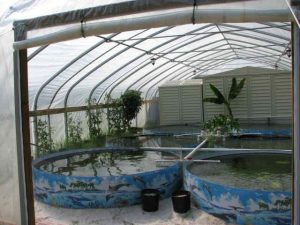
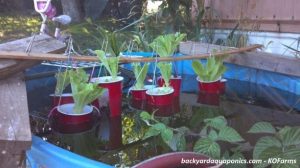
I don’t mind baby pools for hydroponics, and raft systems can be constructed without any pumps or moving parts. They absolutely excel as a way to keep buckets and grow bags of large plants or up-wicking towers of greens or berries watered, giving us a basin we can fill quickly and move on.
Using them as over sized pot drip trays can also be valuable in retaining nutrient-rich runoff from our pots and planters – catching it in moderate rains and allowing those nutrients to be taken up by the plant roots later.
With drainage holes, they can also be used for soil-based growing. Even shallow pools have plenty of depth for herbs, greens, green peas, and strawberries.
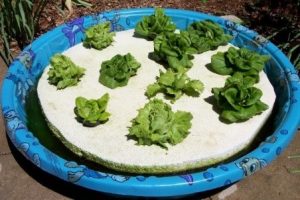
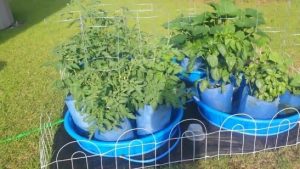
Curbside Pickups: Kiddie Pools
There are probably 101 uses for baby pools, soft or hard plastic, intact or with holes and busted bottoms. Sometimes they’re good enough at something to be worth buying, or they can perform the same function of a more expensive item for greatly decreased outlay. Ideally, though, we’ll be able to salvage our pools by cruising through nearby ‘burbs on trash/recycling pickup days or hitting sites like Freecycle and Craigslist.
Keep an eye out for other things when we do that cruising. Under-the-bed storage totes are close matches for a lot of the hard pools’ purposes. Canopies and painters’ drop cloth will sub in for the soft plastic pools. We’re really only limited by our imagination.
Follow The Prepper Journal on Facebook!
The post Pickups for Preppers – Kiddie Pools appeared first on The Prepper Journal.
from The Prepper Journal
Don't forget to visit the store and pick up some gear at The COR Outfitters. How prepared are you for emergencies?
#SurvivalFirestarter #SurvivalBugOutBackpack #PrepperSurvivalPack #SHTFGear #SHTFBag

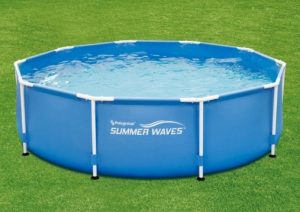
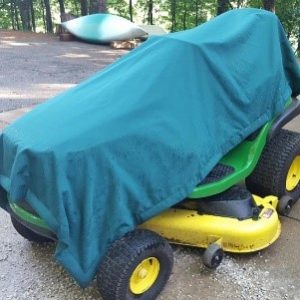
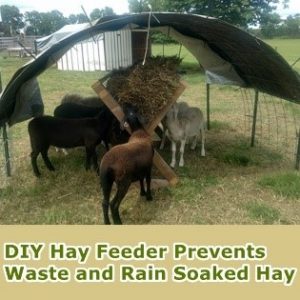
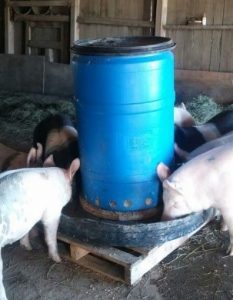
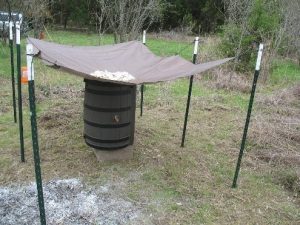
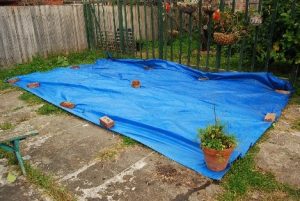


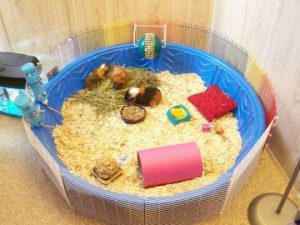
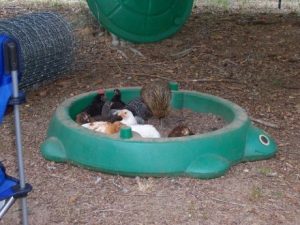
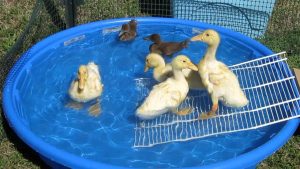
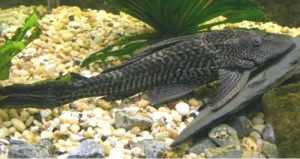
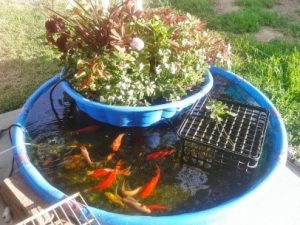
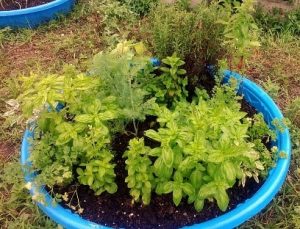
No comments:
Post a Comment